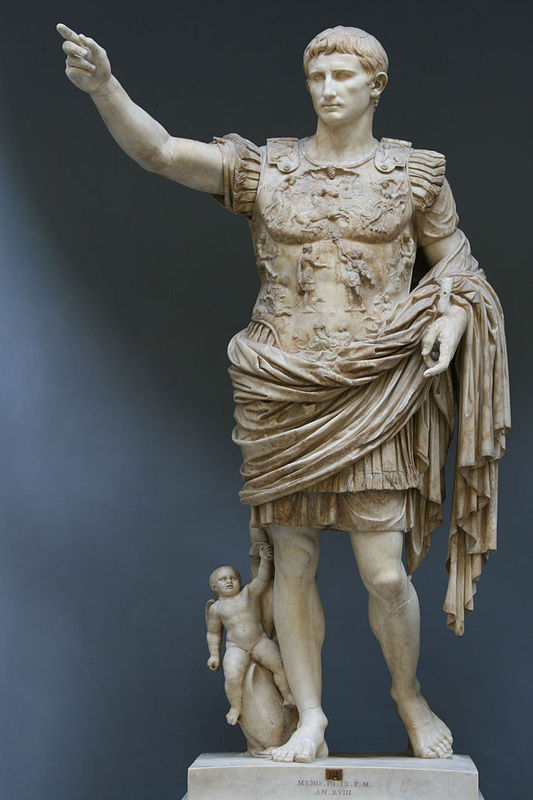Roman
While the Romans were somewhat late to fully integrate coins into their monetary system (only with the Pyrrhic War around 281-272 BCE did a true coinage system begin to emerge), they were one of the first peoples to realize the full potential for influential propaganda on coins. After the assimilation of coins into the Roman monetary system, which were initially minted by random government officials, the minting of coins was taken over by the tres viri monetales, or Board of Three. These three men were charged with the administration and production of state-issued Roman coins.
Roman coinage started with just a few silver or gold coins, and many denominations of copper coins. The silver denarius, now, and during the imperial period, the most common of all Roman coins, did not first come into production until just before 200 BCE.
This page has more explanation about the denominations of Roman coinage.The moneyers, during the republic, had almost all control over what images were featured on the coins. In the beginning they were mostly coins with the head of a god or goddess and some reference to Roman myth or power on the back, usually a depiction of a military victory. After 110 BCE, from Marius to Augustus, the types of coins gradually changed from common Roman interest to a more specific "noble" interest; meaning coin imagery would have only made sense to those educated (i.e., rich) enough to know politics and history well.
During the latter part of this period, the use of an individual's portrait, and not one of a god, became much more common. The depiction of living Romans, a thought quite repugnant to the king-wary early people of Rome, came ever closer and closer.
Sulla released a coin portraying a statue of himself in 80 BCE. Meanwhile, the length of time after death necessary for it to be acceptable to be featured on a coin became less and less, with many powerful Romans releasing coins of their just-dead ancestors. The change was slow but steady, and a definite shift in paradigm came with Julius Caesar being the first living Roman featured on coinage in the beginning of 44 BCE.
For more information on the coinage of Caesar, check out this link!
This set in place a precedent for portraiture on Roman coinage that would continue until the end of the Roman Empire, with almost every emperor after him using his own portrait on coinage.
This statue, the Augustus of Prima Porta, may be one the most well-known statues from the Roman world. Augustus was known for his masterful use of coins and portraiture to gain support for his military and political endeavors. The breastplate depicts the return of the lost Roman standards from the Parthians (lost in 53 BCE by Crassus and returned in 20 BCE). This was one of the most important symbolic victories ever for Augustus and Rome, and it was celebrated with a triumphal arch and several issues of coin featuring the returned standards and the arch itself.
The collection of coins at the HallieFordMuseum delineates the passage of time from the Roman republic to the empire. Starting with the early republic, we transition into the imperial period and then to the early Christian period.
References:
Niels Hannestad. Roman Art and Imperial Policy. Aarhus: Aarhus University Press, 1988. Print.
